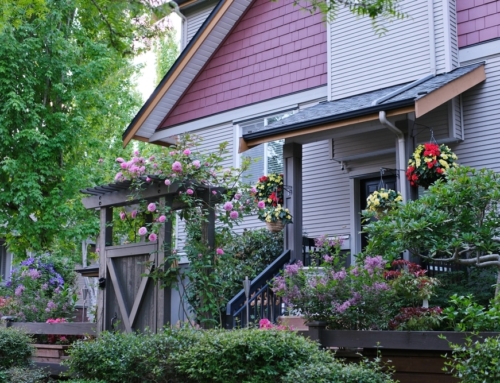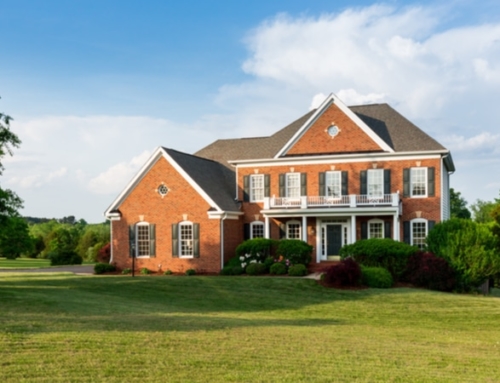When President Clinton and Vice President Bob Dole were running against each other in the 1996 presidential election, they promised home sellers would be able to pocket much more of the profit from their home sale.
When President Clinton took office, he made good on his election promise. Today, you can keep up to $250,000 in profits tax-free when you sell your home, as long as you’ve lived in the home for two of the last five years. If you’re married, you and your spouse can keep up to $500,000 in profits tax-free.
But what happens if you have profits that exceed those astonishing numbers? If you’ve owned your home for 30 or 40 years, it’s entirely possible that your profits will exceed the tax-free limit.
For widows and widowers, who opted to stay in their home after their spouses died, the $250,000 profit limit might be just half of what the property is worth.
According to the Internal Revenue Service (IRS), if the profits from your home sale exceed $250,000 or $500,000 (if you’re married) then you will owe long-term capital gains tax on the difference.
That’s would be quite a chunk of change. Up until President Bush signed his long-awaited tax relief act, long-term capital gains were taxed at 20 percent for taxpayers in the higher tax brackets, and 10 percent for taxpayers in the bottom two brackets.
Under the old IRS rules, if the profit on your home was $350,000, and you were single, you’d owe $20,000 in taxes if you fell into one of the top tax brackets, or $10,000 if you were in the bottom two tax brackets.
Now that President Bush has signed the “Jobs and Growth Tax Relief Reconciliation Act of 2003,” you’ll owe a significantly smaller tax check, as long as you sold your home after May 6, 2003.
In this tax relief act, the long-term capital gains tax drops to a maximum of 15 percent for taxpayers in the upper brackets and 5 percent for taxpayers in the 15 percent or 10 percent brackets.
Under the new capital gains tax rules, if you sell your home, and your profit exceeds the tax-free limit by $100,000, you will now owe only $15,000 if you’re in the top tax brackets and just $5,000 if you’re in the lower tax brackets.
That’s a 25 percent savings for taxpayers in the upper brackets and a 50 percent savings if you’re in the lower tax brackets.
According to the IRS, the new rates apply to assets sold or exchanged, and installment payments made on or after May 6th.
In 2008, the capital gains tax disappears entirely. That means, if you sell your home in 2008, no matter how much profit you have, you will pay no tax – unless the tax laws change again before then.
But don’t jump for joy yet. Like most of the items in the tax relief plan, the end of the relief is in sight. The special low capital gains tax rates, and the new, lower dividend tax rates as well, are scheduled reappear where they are today in 2009.
That means if you sell your home in 2009, and your profit exceeds the maximum tax-free level, you’ll owe capital gains tax of 20 percent, if you’re in the upper tax brackets, and 10 percent if you’re in the lower tax brackets.
For sellers, the new tax relief act means timing really is everything.
Published: May 12, 2003






Leave A Comment